This article is sourced from: San Huo Communication
NB-IoT, a term many are familiar with, but what can it actually do? You might have some doubts. Today, let’s look at a few examples of NB-IoT applications in real life.
Application of NB-IoT in Animal Husbandry
Animal husbandry mainly consists of intensive and extensive farming, with northern and western China being the primary grazing areas.
Extensive farming offers advantages like high meat quality and reduced feed costs, but it also brings many management inconveniences.

Manual grazing is the most primitive and direct method, but it has its drawbacks:
1. Manual grazing requires dedicated personnel, wasting labor resources.
2. Manual grazing poses safety risks, with the danger of wild animal attacks.
3. Manual grazing is not conducive to systematic management.
Using a GPS+GPRS livestock positioning system can solve these issues. However, with large herds of cattle and sheep, the capacity of GPRS communication base stations may be insufficient, and battery life can also be a problem. Furthermore, farms are often located in remote areas, leading to issues with signal coverage strength.
The advent of NB-IoT technology perfectly addresses a series of challenges:
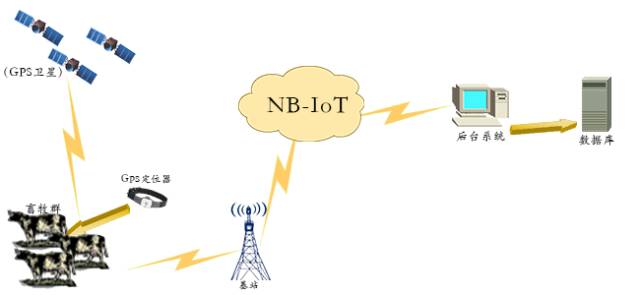
1. The user capacity of NB-IoT communication base stations is ten times that of GPRS.
2. NB-IoT has ultra-low power consumption, with normal communication and standby currents at the mA and uA levels, allowing module standby times to last up to ten years without needing battery replacement from birth to slaughter, thus reducing the workload of workers.
3. NB-IoT provides stronger and broader signal coverage, enabling normal data transmission in remote areas.
NB-IoT technology truly breaks through the bottleneck of GPRS technology, fulfilling the needs of livestock farmers and holding a vast market in the extensive livestock industry.
Application of NB-IoT in Remote Meter Reading
Water and gas meters are closely related to our daily lives, used in every household.
The most primitive method is to manually visit homes to read meter data. However, with societal development, manual meter reading has led to various drawbacks:
1. Low efficiency.
2. High labor costs.
3. Data recording is prone to errors.
4. Homeowners may be wary of strangers and deny entry.
5. Difficulties in maintenance and management, etc.
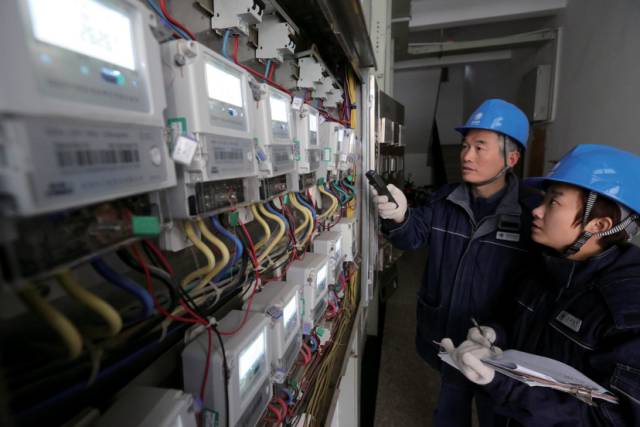
GPRS remote meter reading was thus born. It addresses a series of issues associated with manual meter reading, being more advanced and efficient.
However, GPRS remote meter reading also has drawbacks that hinder widespread adoption:
1. Small user capacity of communication base stations.
2. High power consumption.
3. Poor signal quality.
NB-IoT technology for remote meter reading solves these problems:
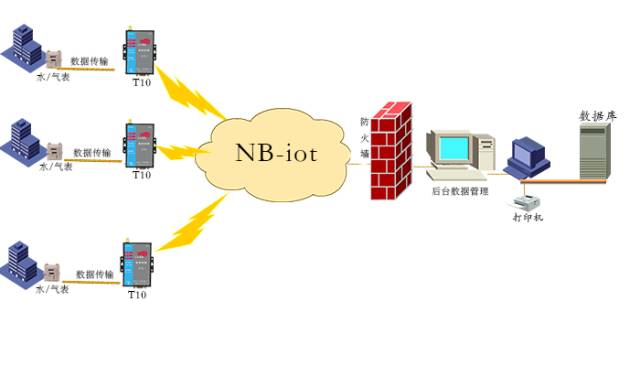
1. NB-IoT remote meter reading inherits the functions of GPRS remote meter reading while also offering massive capacity, with the user capacity of the same base station being ten times that of GPRS remote meter reading.
2. Lower power consumption, with the NB-IoT terminal module’s standby time reaching over ten years under the same environmental conditions.
3. New technology offers stronger signal coverage (capable of covering indoors and basements).
4. Lower module costs.
In summary, NB-IoT has a significant application space in remote meter reading.
Application of NB-IoT in Manhole Cover Monitoring
Our cities are rapidly developing, and the increase in underground municipal public infrastructure is inevitable, leading to more manhole covers.
Manhole covers play a crucial role; if their status information cannot be obtained in time, it could lead to significant losses in human life and property.
Currently, most cities rely on manual inspections for management. However, with the vast number of manhole covers, the efficiency of manual inspections is limited, often failing to accurately and timely obtain status information, resulting in various safety hazards.
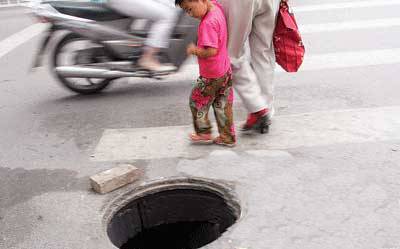
The disappearance of manhole covers poses significant hazards.
If manhole covers are stolen or damaged, it not only leads to a direct loss of public property but may also cause irreparable personal injuries and economic losses to nearby pedestrians and vehicles.
Eliminating these safety hazards has become an urgent task.
Using NB-IoT for manhole cover location monitoring management allows for timely acquisition of status information and can alert management personnel via the NB-IoT network when a cover is moved or damaged, thereby minimizing harm and loss.
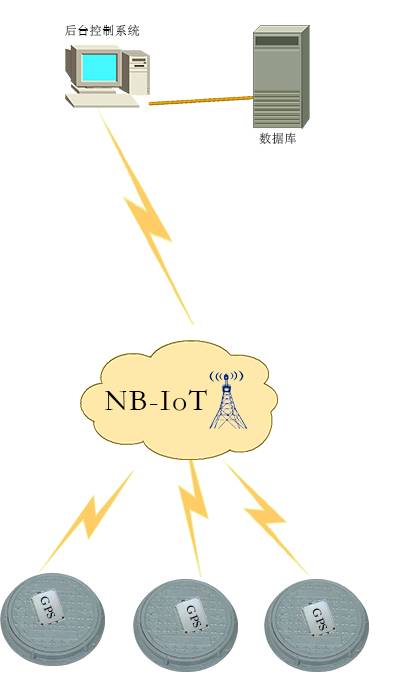
Advantages of using NB-IoT for manhole cover monitoring:
1. No need for manual inspections; data is automatically transmitted to the platform, saving a significant amount of human resources.
2. NB-IoT can accommodate ten times the user capacity of GPRS, meeting the demand of numerous manhole covers.
3. NB-IoT has ultra-low power consumption, with normal communication and standby currents at the mA and uA levels, allowing for module standby times of up to ten years, greatly simplifying the maintenance of manhole cover monitoring.
4. NB-IoT provides stronger and broader signal coverage, reaching indoors and basements, achieving comprehensive coverage in manhole cover monitoring.
5. NB-IoT technology breaks through the bottleneck of GPRS technology and is sure to shine in the wireless communication industry in the future.
Application of NB-IoT in Smart Home (Smart Locks)
With the booming smart home industry in recent years, smart locks have become increasingly common in daily life.
Currently, smart locks use non-mechanical keys as user identification IDs.
Mainstream technologies include: induction cards, fingerprint recognition, password recognition, facial recognition, etc., greatly enhancing the security of access control.
However, the above security measures only work if the device is powered; if it loses power, the smart lock becomes useless.
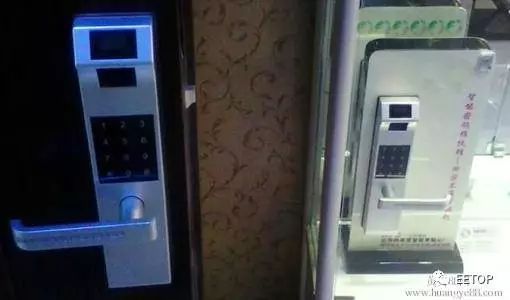
To enhance security, smart locks need to have built-in batteries to collect various basic data and transmit it to servers, automatically alerting users of any anomalies.
Since smart locks are difficult to disassemble after installation, the battery life must be long.
If the door is located in a closed hallway, stronger signal coverage is needed to ensure real-time data transmission.
With many smart home terminals, sufficient connection capacity must be ensured.
Most importantly, all these features must be implemented while keeping device costs within an acceptable range.
NB-IoT once again demonstrates its significant advantages:
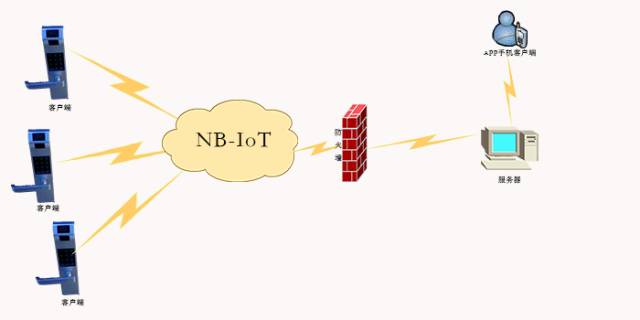
Using NB-IoT technology in smart home systems:
1. NB-IoT features low power consumption, with just two AA batteries able to last for ten years, significantly reducing maintenance costs.
2. Exceptional signal coverage, capable of reaching indoors and basements, ensuring stability of the signal.
3. Massive connectivity, accommodating multiple smart home terminals simultaneously.
Application of NB-IoT in Streetlight Monitoring
As night falls, various colorful streetlights illuminate the city, draping it in a vibrant coat.
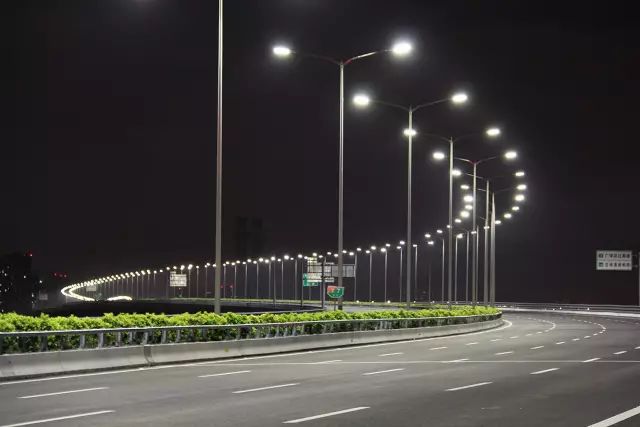
However, beneath this dazzling exterior lie significant drawbacks:
1. Energy waste: As night progresses, people begin to rest, and foot traffic decreases; certain areas do not require excessive street lighting at specific times, leading to energy waste and increased unnecessary costs;
2. Maintenance difficulties: Manual inspections require a large workforce, and with a vast number of streetlights, real-time status cannot be promptly obtained, resulting in extremely low efficiency in maintenance and troubleshooting.
The monitoring center serves as the operational, maintenance, processing, statistical, analytical, and regulatory hub of the entire streetlight monitoring system. It centralizes data management and monitoring, enabling target locking and quick searches. It can also customize control strategies, controlling streetlights on both sides of the road to be fully on, fully off, or selectively lit at different times.
NB-IoT can play the following roles:
1. Using NB-IoT wireless networks enables remote distributed control from the monitoring center.
2. Streetlight fault detection functionality, actively reporting the location of faulty streetlights via NB-IoT.
3. NB-IoT’s large communication capacity means that there is no concern about too many streetlights causing individual communication failures.
Application of NB-IoT in Fire Safety Systems (Smoke Detectors)
News reports often highlight fires occurring, each accompanied by tragic losses; every scene is shocking.
Raising fire safety awareness and properly utilizing fire safety equipment is essential to minimize losses and injuries.

Smoke detectors serve as sentinels in fire safety systems, capable of real-time smoke detection. When a sensor detects excessive smoke concentration, it sends information to the backend server and activates alarms, broadcasting equipment, etc., with the server automatically pushing information to relevant personnel and departments, achieving intelligent fire safety.
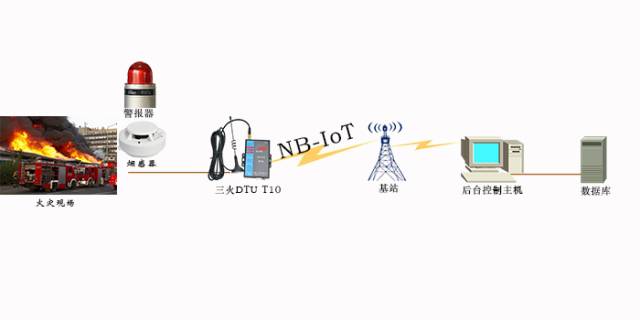
In practical applications, according to fire safety requirements, smoke detectors must be densely distributed, making wiring inconvenient and costly.
Using NB-IoT can fully meet these requirements:
1. Using NB-IoT wireless smoke detectors avoids wiring difficulties, greatly reducing installation costs.
2. NB-IoT supports massive connectivity, with simultaneous connections of smoke detectors reaching over 100,000, meeting the demand for large-scale smoke detector connections.
3. NB-IoT has ultra-low power consumption, with a ten-year operational lifespan in standby mode, significantly reducing post-installation maintenance costs.
4. NB-IoT provides strong signal coverage, reaching indoors and basements.
Application of NB-IoT in Asset Location Tracking Systems
With the deepening development of information technology and various smart terminal devices, the demand for personnel and asset location tracking will continue to rise.
Applications in location services also show a fragmented characteristic, such as: asset inventory in smart parks, tracking and handling of medical waste, and pet location tracking.

Currently, most trackers on the market are based on GSM for wide-area communication, where power consumption is a major issue.
GSM’s large chip size, high costs, and relatively low coverage contradict the needs of location trackers.
Outdated GSM technology has resulted in poor product experiences for tracking devices, and in some countries, GSM networks have already been phased out or are facing shutdown, leading to a shortage of products and technologies in this area.
NB-IoT’s low power consumption and deep coverage attributes perfectly compensate for many shortcomings of traditional communication technologies.
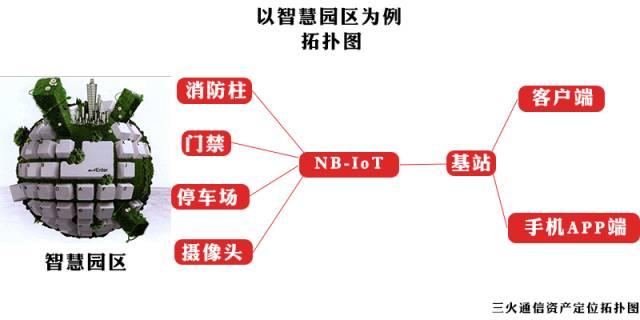
Above, we have only listed a portion of NB-IoT applications.
Seeing so many applications of NB, aren’t you eager to understand the intricacies involved?
Come and check out the course produced by Fresh Date Classroom —

This course is an IoT knowledge popularization course launched by “Fresh Date Classroom”, mainly targeting beginners and those without industry experience.
Through this course, you will unravel the following mysteries:
1. What exactly is NB-IoT? 2. How has NB-IoT evolved? 3. What are the technical features of NB-IoT? 4. What application scenarios does NB-IoT have?……Course Outline:
Lesson 1: Introduction to NB-IoT (This lesson is available for free trial) Lesson 2: Technical Features of NB-IoT Lesson 3: Physical Layer Structure of NB-IoT Lesson 4: Physical Channels of NB-IoT Lesson 5: Business Processes of NB-IoT (This lesson is available for free trial) Lesson 6: System Architecture of NB-IoTThis course has beencompleted, permanently valid; all are welcome to learn.
↓↓↓ Long press to recognize the QR code to open the course link

Click “Read the Original” to also open the course link